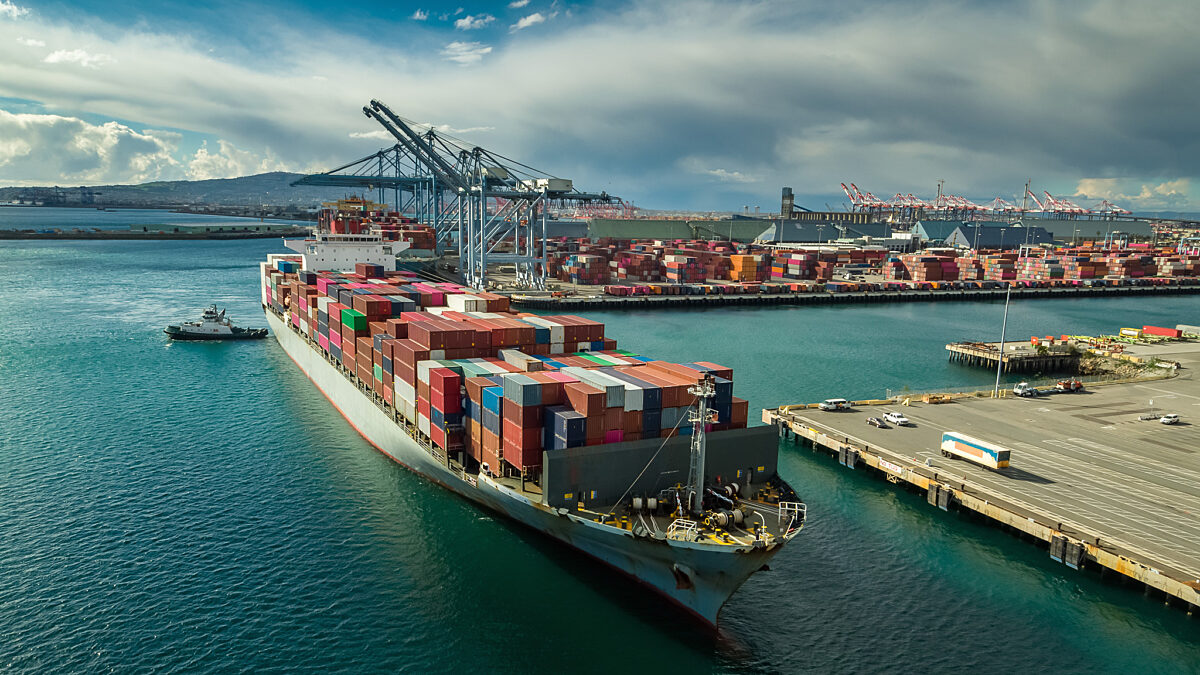U.S. and Cuba Will Benefit from Expanded Trade
Guest Author
Special Contributor to FB.org

photo credit: Getty
Guest Author
Special Contributor to FB.org
A historic move to lift trade restrictions with Cuba is looking like good news for U.S. agriculture, even though fully realizing the benefits will take time and a strong commitment to complete the necessary steps to opening up this market.
Despite the trade embargo that began in October 1960, the U.S. ranks fifth as an exporter to Cuba, behind Venezuela, China, Spain and Brazil. U.S. agricultural and food exports have, to some degree, been exempted from the embargo since 2001. Easing restrictions could make the U.S. more competitive for a broader range of agricultural products though and pave the way for increased sales of farm inputs and equipment.
The 2001 agriculture exemption still includes a number of trade-financing restrictions that have cost the U.S. market share to countries with fewer restrictions. U.S. agriculture and food exports peaked at about $710 million in 2008, but have since slipped to about $350 million.
Improving our export outlook with Cuba will require changes to several U.S. laws. The Treasury and Commerce departments will need to step in to ease restrictions and open up business with the Cuban government and its banks. Current rules require farmers and ranchers who want to export to Cuba to get cash up front from the Cuban government, before shipping. All money must be handled by third-party banks, with high transaction costs, and U.S. laws prohibit credit for Cuba’s state-run import agencies.
Expanded trade also requires a good market for the products coming in. Cuba has been facing a severe economic downturn, and Cuban consumers don’t have much buying power. The average state salary is 471 Cuban pesos per month, about $20, but the lowest-paid workers earn about $8.65 per month. The Cuban economy relies heavily on economic aid, tourism, a few exports, and remittances sent home by Cubans living in other countries. Under the proposal rolled out in December, the U.S. limit of $2,000 per year on remittance payments to family members in Cuba will be raised to $8,000, thus opening up the market further.
In recent years, the Cuban government has taken steps to address their food availability issue by increasing agricultural production, which will in turn require overcoming many challenges, including poor land and destructive weather. Cuban farmers need open access to modern agricultural technology if they’re going to see any kind of success in addressing these challenges.
The U.S. is poised to become a significant supplier of much-needed commodities and food to 11 million consumers – and agricultural inputs, technology and equipment to farmers – only 90 miles from the Florida coast. With its productivity, quality and proximity, the U.S. is at a competitive advantage over other suppliers, as long as the Cuban government continues to open channels to its consumers, and U.S. rule makers follow up with steps to remove self-imposed barriers.
Robert Giblin writes, speaks and consults about agricultural and food industry issues, policies and trends.